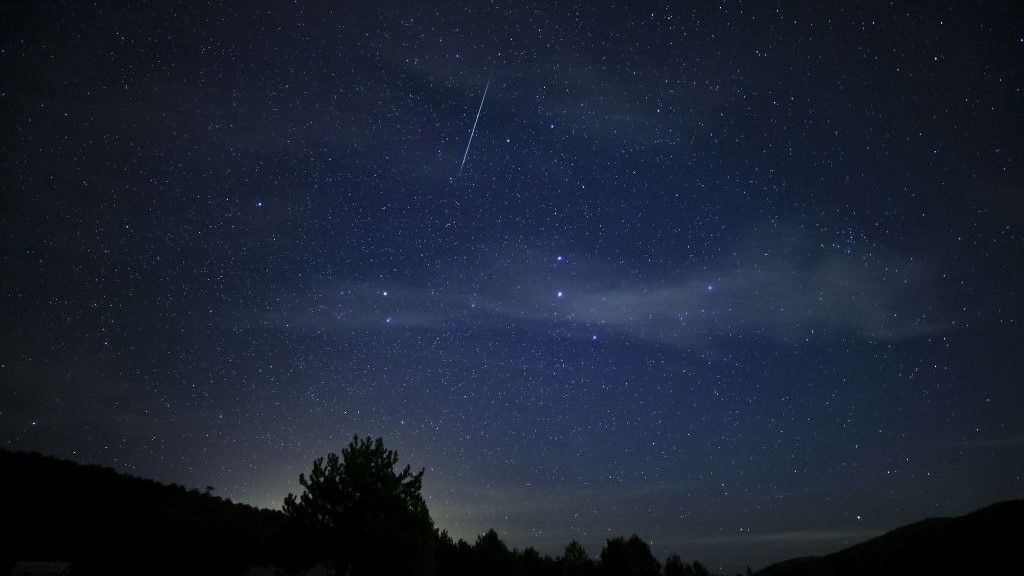Abstract
Context: A poorly characterised carnivorous tropical pitcher plant (Nepenthes) was identified from old reports of a rarely visited low-elevation ultramafic peak in central Sabah, Malaysian Borneo. Potentially apomorphic characters in the limited photographic evidence available led the authors to hypothesise that the taxon represented an undescribed species.
Aims: To locate and document the unknown taxon in situ and, if appropriate, gather sufficient data and voucher material to enable its formal description and associated conservation status assessment.
Methods: An expedition was made to the type locality to make field observations of the taxon, record habitat, population and ecological data such as infauna, prey spectra and numbers of individuals, and to collect representative vouchers, minimising negative impacts on the small population by taking material in the form of terminal cuttings to allow for the in situ regeneration of sampled individuals from axillary nodes.
Key results: Nepenthes pongoides is described and illustrated as new to science. The species is characterised by its large size, peltate tendril exsertion, absence of upper pitchers and extremely well-developed, persistent indumentum of long, coarse, dark reddish trichomes, the extent of which is unsurpassed in any other known Bornean Nepenthes species.
Conclusions: One of the largest species of Nepenthes described in recent years, N. pongoides is endemic to the relatively low-elevation ultramafic Meliau Range of central Sabah. Only 39 mature individuals have been observed across two subpopulations, therefore the species is here assessed as CR (Critically Endangered) under the IUCN Red List criteria owing to its extremely small population size, limited area of occurrence and very high threat of unsustainable poaching for the horticultural trade. As is the case for many microendemic species, the taxon is extremely vulnerable to stochastic events such as fire which, on sufficient scale, could represent extinction level events.
Implications: The documentation of such remarkable new species in comparatively well-explored rainforest regions such as those of northern Borneo highlights the importance of targeted exploration in remaining wilderness areas to uncover hidden biodiversity. Doing so closes gaps in scientific knowledge, and specifically increases the critical taxonomic and ecological knowledge necessary to support the development and implementation of conservation measures required to reduce the risk of species extinction and concomitant loss of biodiversity.
Keywords: biodiversity, Borneo, carnivorous, plants, Malesia, Nepenthes, new species, non-core Caryophyllales, Taxonomy, threatened species.
 |
| Nepenthes pongoides Damit, Yusof, Jumian & A.S.Rob. (a) Emergent phyllode of rosetted growth with clasping, shortly decurrent phyllode bases. (b) Abaxial view of attached phyllode showing (left) general distribution of indumentum with greater density between longitudinal veins in outer 1/4 and (right) typical form of transverse and longitudinal veins. (c) Apex of phyllode with detached pitcher, showing apical concavity, peltate tendril exsertion and typical pattern of pitcher and peristome pigmentation. (d) Detail of tendril showing strongly retrorse hairs. (e) Partial section of pitcher showing generalised venation, pigment distribution and form of peristome, lid and ventral wings. (f) Magnification of lid apex showing tip of midline rib with large, recessed terminal gland. Note presence of dendritic hairs. (g) Junction between peristome, pitcher and lid as seen from reverse, noting reduction of spur to a pubescent mound. (h) Section of scrambling stem showing canaliculate petioles and markedly decurrent bases. Scale bars: a, b, c, d, e, g, h = 1 cm, f = 1 mm. Based on Alviana D., Nur Adillah M.Y., Jemson J. and Robinson A.S. 161454 and 161456, and on photographs and measurements made in situ. Illustrated by A Robinson. |
 |
| Pitchers and habit of Nepenthes pongoides. (a) Rosette pitcher of immature plant showing highly developed peristome column. (b) Pendent pitcher of a scrambling plant. Note ventral attachment of tendril and scattered large nectar glands of same. (c) Large terrestrial pitcher. (d) Mature rosette emergent from humus-filled fissure between ultramafic boulders; a cutting from this rosette was sampled as voucher 161456. (e) An individual demonstrating occasionally observed scrambling habit. Photographs (a), (e) by A. Damit; (b), (c), (d) by A.S. Robinson. |
 |
| Various characters of Nepenthes pongoides at Site 1. (a) A large, pendent pitcher showing extreme development of peristome column, a character reminiscent of N. mollisDanser (1928: 338), a species found primarily in northern Sarawak, north-western Kalimantan and only south-westernmost Sabah. (b) Upper surface of lid. Note absence of a spur at junction with peristome column. (c) Phyllode bases clasp stem for entirety of its circumference. These become markedly decurrent in scrambling stems. (d) Phyllode apex is obtuse and tendril exsertion peltate, appearing deeply concave from above. (e) Even in seedlings, dense indumentum is apparent on emergent foliage and surface of phyllodes (see e.g. top right). Photographs (a), (b), (d) by A.S. Robinson; (c), (e) by A. Damit. |
Nepenthes pongoides Damit, Yusof, Jumian & A.S.Rob., sp. nov.
Diagnosis: Nepenthes pongoides superficially resembles the nothospecies N. × alisaputrana (Fig. 6a, b) but differs in the production of (differences in parentheses): stems, phyllodes and pitchers covered with long, rufous hairs (stems, phyllodes and pitchers minutely pubescent to glabrescent); phyllodes elliptic in shape with obtuse, deeply and uniformly peltate phyllode apices in the rosette stage, becoming non-peltate in phyllodes of long, scrambling stems (oblong to lanceolate with apices more or less acute to narrowly retuse, in some individuals sometimes slightly peltate — see Additional specimens examined); petiole bases that clasp the stem for the entirety of its circumference at rosette stage, and 4/5 its circumference and decurrent for 1/3–1/2 of internode length in scrambling stems (clasping stem for 2/3 its circumference, only shortly decurrent even in climbing stems); spurs often reduced to swellings, appearing absent, or relatively squat and subconic, ≤6 mm long, ≤4 mm wide (spur ±filiform, 7–15 mm long, 1.5–2 mm wide); lower pitchers only, ventrally to laterally attached, with a greatly expanded peristome column orientated from vertical to overarching (true upper pitchers with dorsal attachment commonly produced post rosette phase, peristome column relatively short, slightly wider than remainder of peristome, suberect to erect).
Etymology: The specific epithet pongoides is derived from the primate genus name Pongo (the orangutans) and the Greek suffix –oides (resembling). This name was chosen in light of the highly developed, persistent reddish indumentum covering the stems, phyllodes, tendrils and pitchers; the long, dark, rufous hairs of living plants are similar in colour to those of this critically endangered great ape, a population of which persists within the area of the Ulu Tungud Forest Reserve, as evidenced by a fleeting encounter with a single individual during the expedition.

 |
| Captured giant millipede prey in specimen 161148. |









Leave a Comment